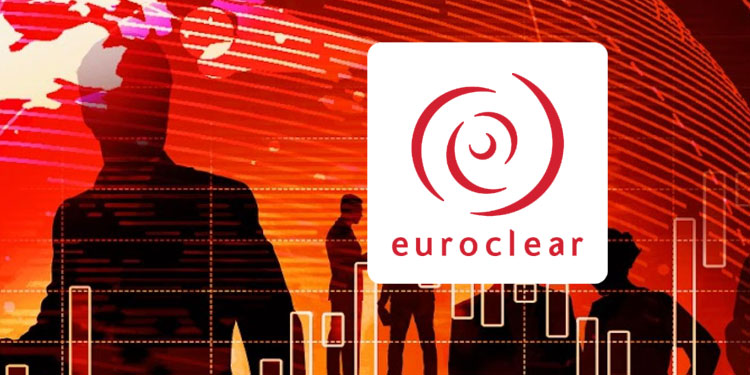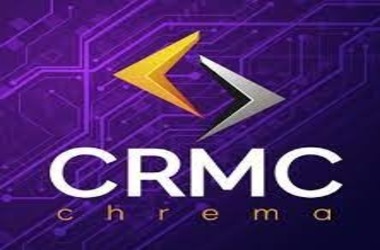 Euroclear has introduced its Digital Securities Issuance (D-SI) platform with the issuance of a €100 million digitally native note (DNN) from the International Bank for Reconstruction and Development, the World Bank’s lending arm. This landmark issuance, listed on the Luxembourg Stock Exchange, signifies a key milestone in Euroclear’s broader Digital Financial Market Infrastructure (D-FMI) strategy.
Euroclear has introduced its Digital Securities Issuance (D-SI) platform with the issuance of a €100 million digitally native note (DNN) from the International Bank for Reconstruction and Development, the World Bank’s lending arm. This landmark issuance, listed on the Luxembourg Stock Exchange, signifies a key milestone in Euroclear’s broader Digital Financial Market Infrastructure (D-FMI) strategy.
Hybrid Approach Ensures Compatibility and Access
Despite being issued on the D-SI platform, the bond remains tethered to Euroclear’s existing settlement infrastructure, allowing it to settle similarly to a traditional security. This connectivity ensures that secondary market investors, regardless of their distributed ledger technology (DLT) capabilities, retain full access. Euroclear’s Chief Digital Officer, Antonio Queiroz, believes this hybrid model enhances the potential for broader adoption and scalability.
Web3 Pioneer’s Strategic Adoption of DLT
Gabriel Callsen, Director of Fintech and Digitalisation at the International Capital Markets Association, highlights the significance of Euroclear’s participation in this issuance as a clear indication of DLT’s future role in capital markets. Callsen sees the incorporation of DLT as a bridge between the digital and traditional market infrastructure, marking a notable step towards realistic scalability.
Legal Framework and Compliance as Cornerstones
Crucially, this issuance represents the first DLT security within an EU-based central securities depository capable of supporting securities governed by English law. The underlying ledger, Corda, was purposefully designed for regulated markets, eliminating the need for regulatory changes. R3, the firm behind Corda, has collaborated with Euroclear on various digital innovation initiatives for over five years, with the D-FMI being a key outcome of this partnership.
Digitization and Scaling within Existing Legal Framework
Andrew Mulley, Managing Director at Citi, the bank overseeing the issuance, underscores the importance of this digital transition within the existing legal framework, emphasizing the scalability of digitization. The €100 million bond proceeds support the World Bank’s sustainable development initiatives and underwent a T+0 settlement process, a significant departure from traditional settlement timelines.
Potential Leap to T+0 Settlement: Opportunities and Challenges
While the T+0 settlement of this issuance showcases the potential of DLT to facilitate compressed settlement timelines, questions arise about the broader industry’s ability to replicate this on a large scale. Euroclear’s hybrid model presents T+0 as an “additional funding option,” with the potential for future issuances to explore pre-funding, possibly a day in advance. Gabriel Callsen suggests that, initially, a balance between near-instant settlement and temporary pre-funding may be necessary, but the ultimate goal is to eliminate periods where capital is locked up.
Global Impetus: Learnings from the US Transition to T+1
Andrew Mulley believes that while T+0 settlement demonstrates the potential for DLT, the global transition to T+1, led by the US, will guide settlement operations globally. T+0, for now, is seen as a step toward further efficiency, but widespread adoption would necessitate industry-wide collaboration and coordination similar to the US move to T+1.
In conclusion, Euroclear’s pioneering hybrid model not only bridges the gap between traditional and digital market infrastructures but also sets the stage for a potential paradigm shift in settlement timelines, offering a glimpse into the future of digital securities within established legal frameworks.








